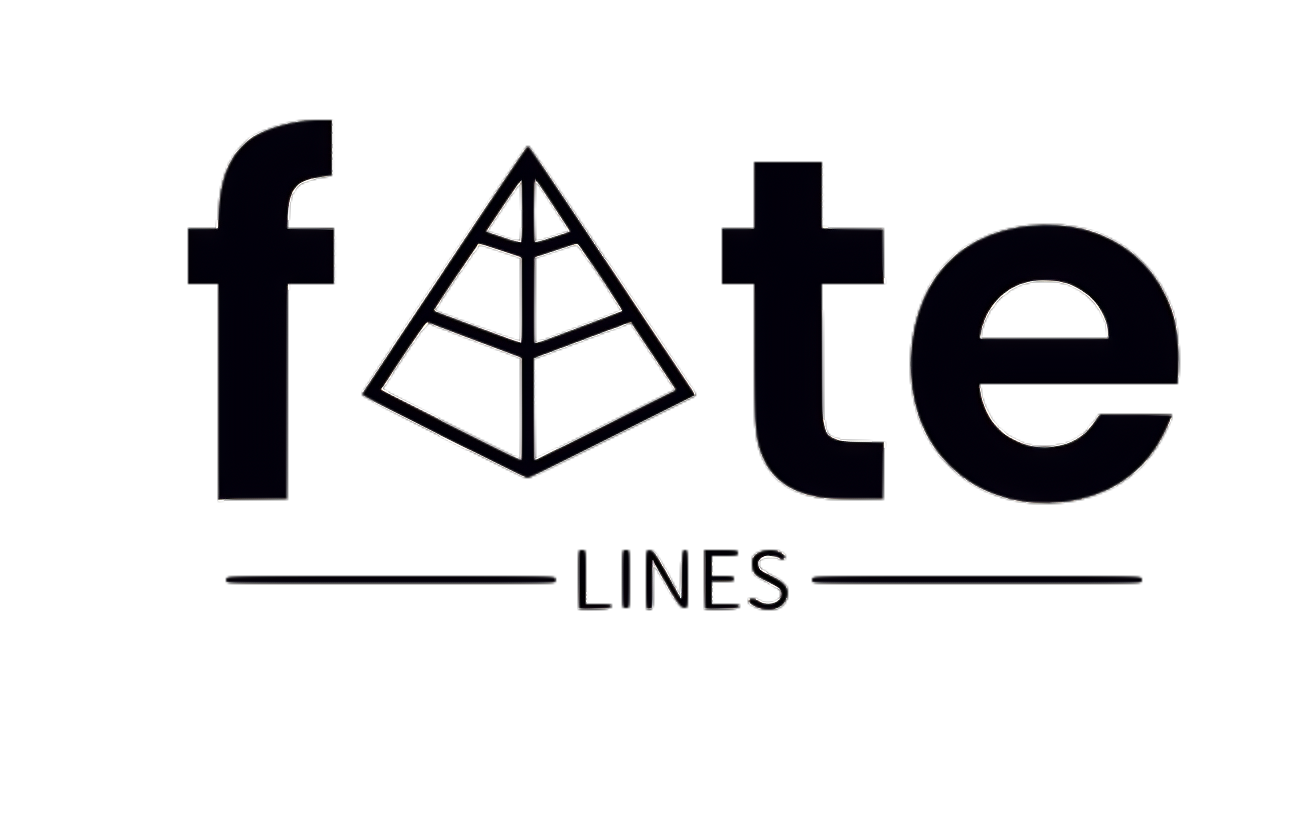-

Ares: The Olympian God of War Ares, recognized as the Olympian deity of warfare, represents the aspects of battle, valor, and societal order. In ancient Greek visual art, he was typically depicted either as a mature warrior with a beard, fully armed, or as a youthful, beardless figure equipped with a helmet and spear. Myths…
-
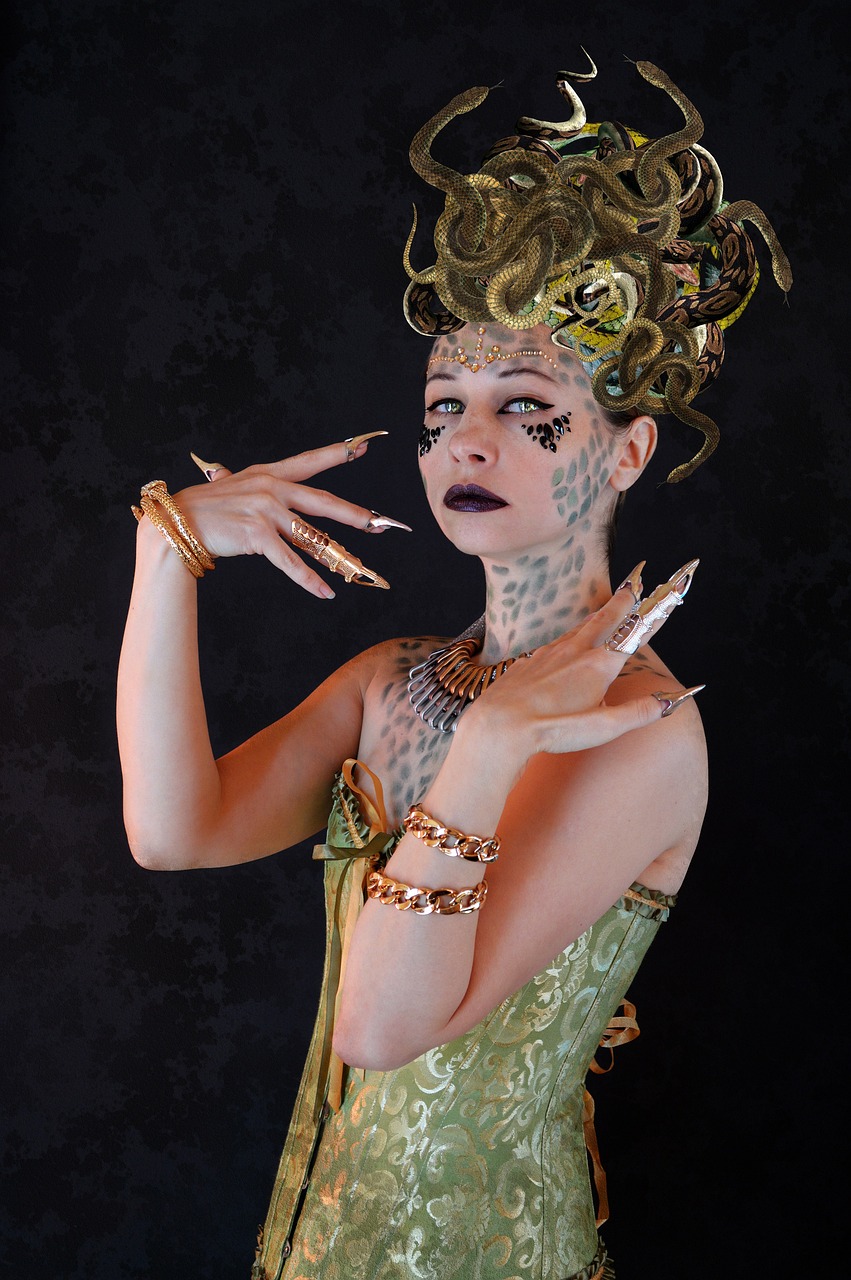
Medusa: The Mortality and Transformation of a Gorgon Medusa, a character steeped in Greek mythology, stands out as the only mortal among the three Gorgons, her immortal sisters being Stheno and Euryale. These three figures are the progeny of Phorcys, the sea deity representing the hidden threats lurking beneath the waves, and Ceto, the goddess…
-

In essence, Juno is revered as the Goddess associated with women, marriage, and motherhood. Some appropriate offerings to her include silver items, traditional cakes—particularly those arranged in sets of three—wine, and incense. Juno: The Guardian of Women Juno holds a unique place as the protector of women. More than just a deity of marriage, she…
-
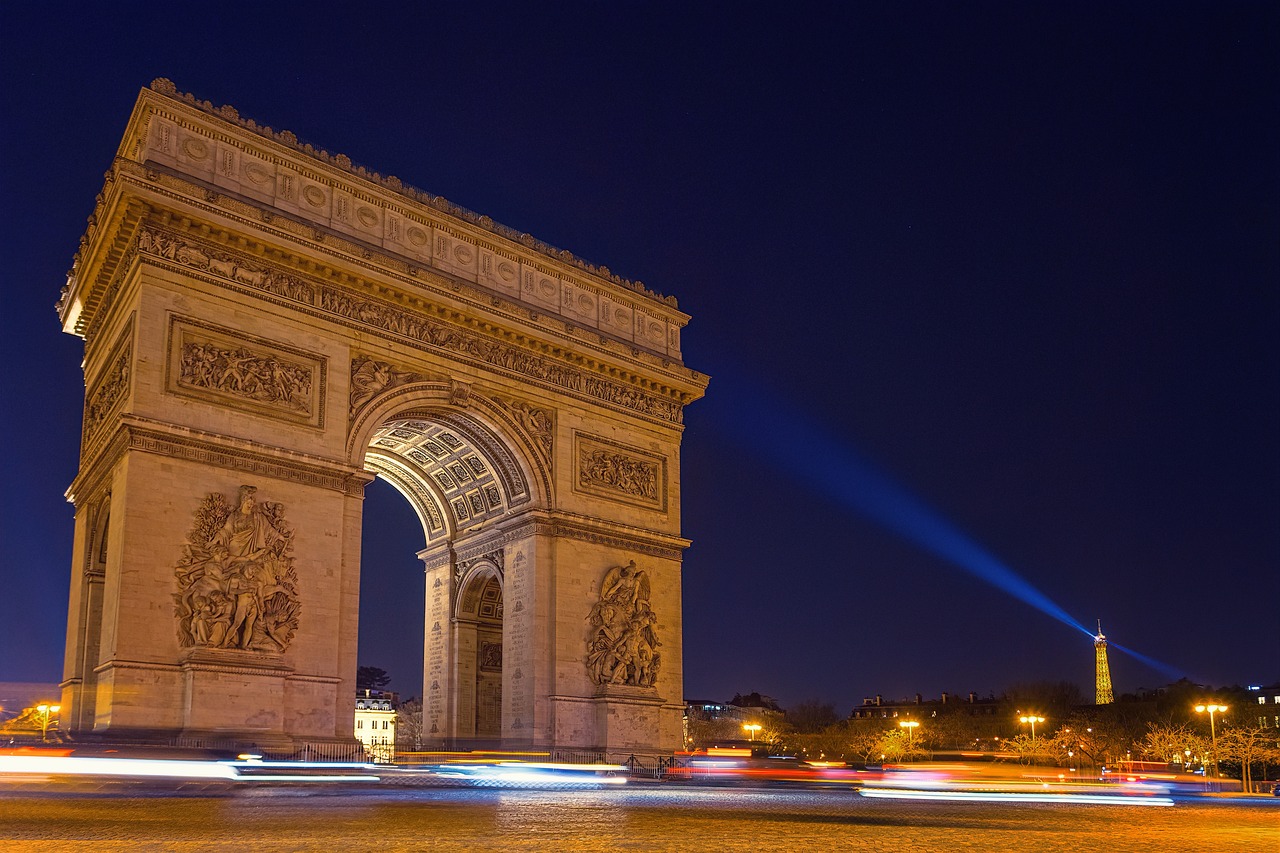
In the legend of the Tuatha De Danann, a group of deities believed to stem from the goddess Danu, we learn about notable figures among the Celtic pantheon. Among Danu and Dagda’s offspring was Ogma, the most admired of their sons, known for his remarkable gift of poetry and writing. He was often portrayed with…
-
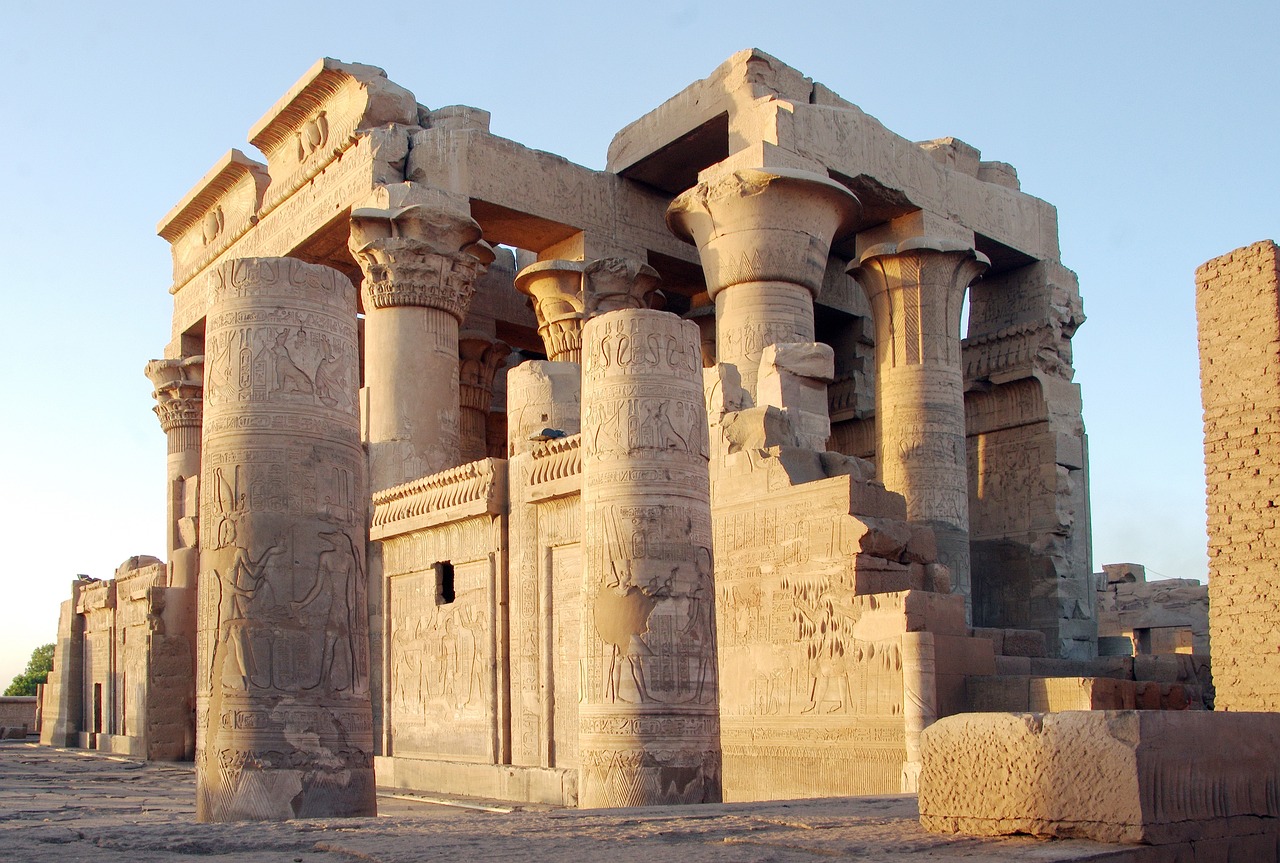
Life in ancient Egypt revolved around the vital annual flooding of the Nile, which brought fertility to the land, a theme that prominently influenced their religious beliefs. This interconnectedness is vividly represented by the crocodile god Sobek. Initially emerging as a local deity, Sobek gained significant prominence during the Middle Kingdom, reflecting the era’s political…
-
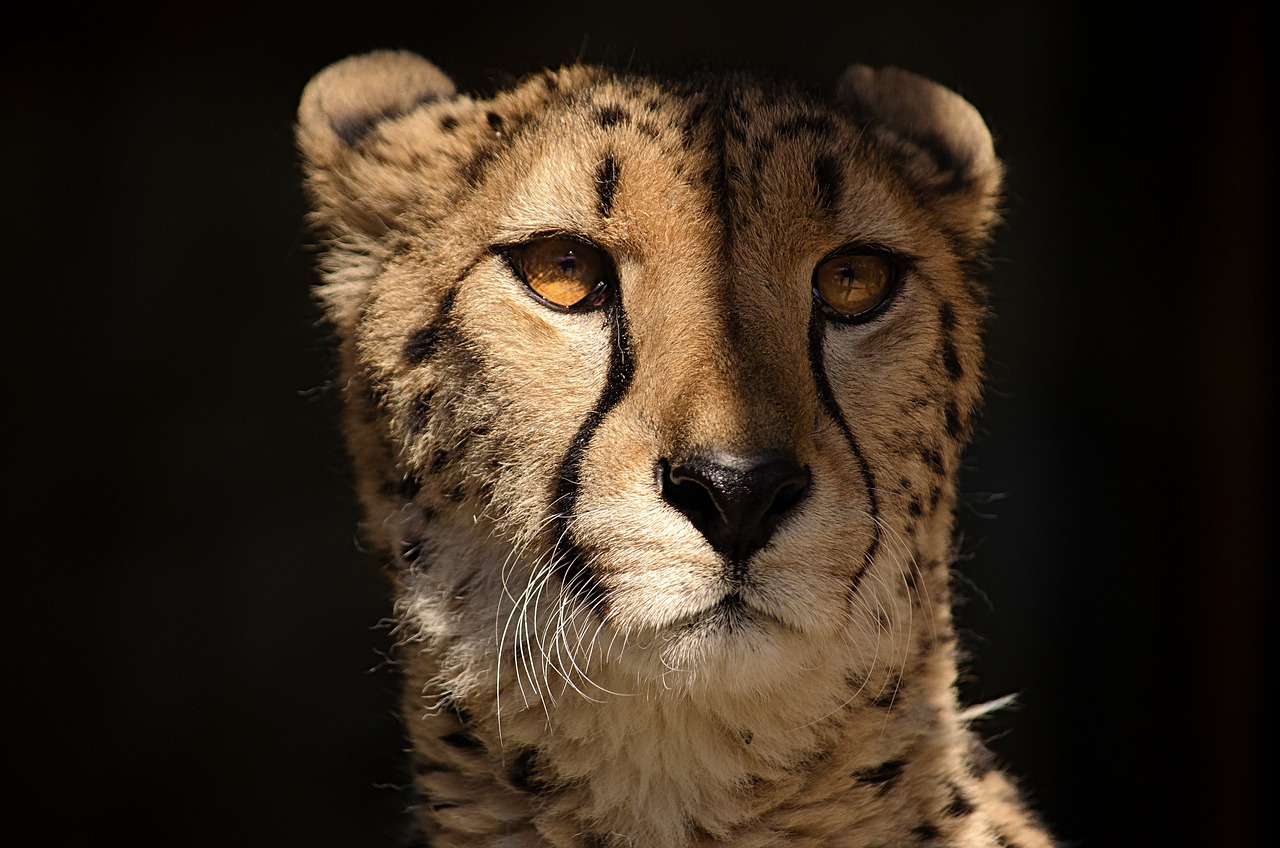
Mafdet, recognized as the lunar goddess, held the title of the Piercer of Darkness. Historically, our ancestors referred to cheetahs as “flying cats” due to their remarkable speed, which gave them an almost airborne appearance during high-speed chases. With the capability to accelerate to 75 km/h almost instantly, these agile predators can reach maximum speeds…
-
Background Aoife, known as “The Bright One,” was the offspring of Ailill of Aran and the protégée of Bodhbh Dearg, the sovereign of the Tuatha Dé Danann. She was also the younger sibling of Aobh, who had been the first spouse of Lir from SídhFionnachaidh. The Saga of Aoife Following the death of Lir’s first…
-
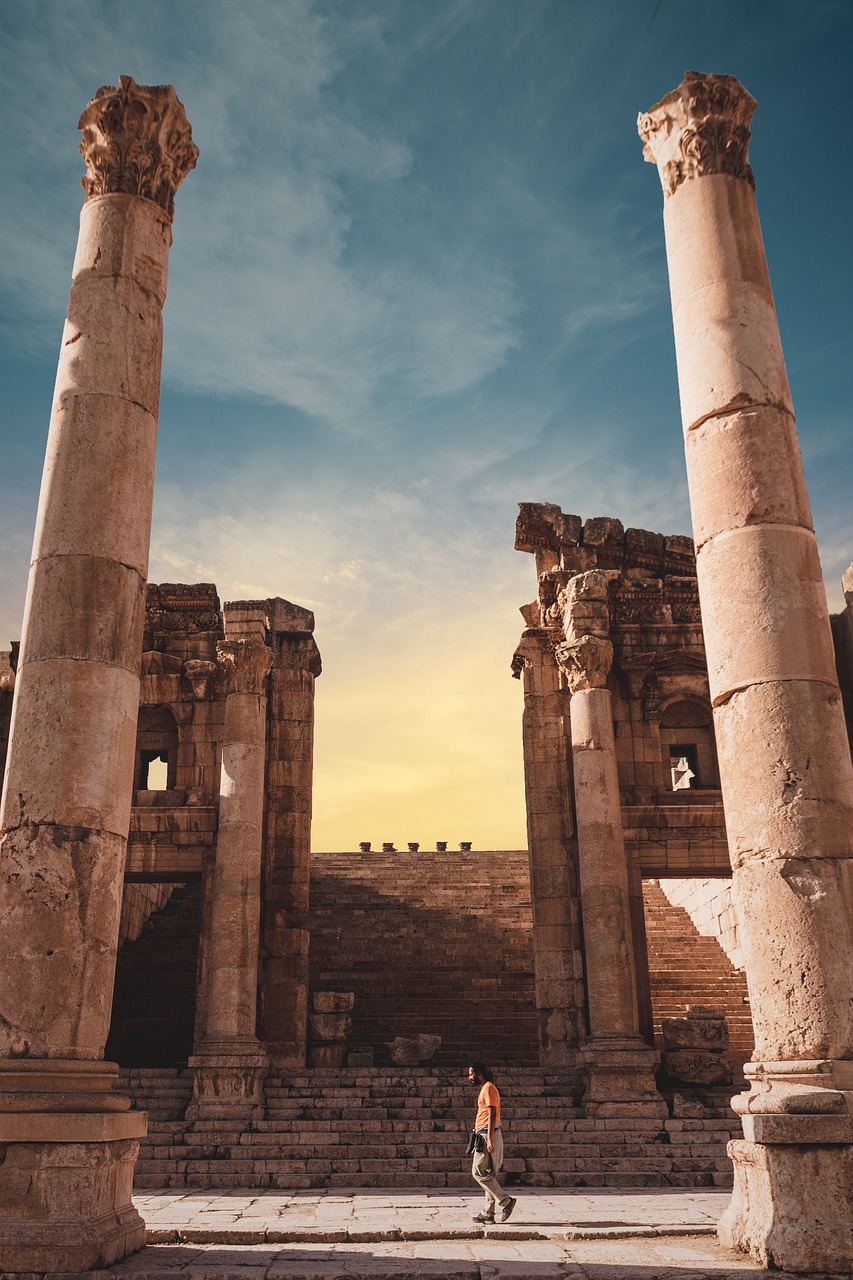
Quirinus is one of the enigmatic deities of ancient Rome, with a history that remains somewhat obscure. He has been venerated in conjunction with both Jupiter and Mars since the earliest times, and his significance is linked to the Quirinal Hill, where he is thought to oversee the welfare of the Roman populace as well…
-
Banba’s Crown, the highest point of Ireland’s mainland, is situated at Malin Head in Inishowen, County Donegal. This location is steeped in mythology, as its name is derived from the goddess Banba, one of the deities in Irish folklore. Along with her sisters, Ériu and Fódla, Banba is said to have been a protector of…
-

Diana: The Roman Goddess of the Hunt and Nature Overview Diana, revered as the Roman goddess of the hunt, nature’s purity, and the fauna within it, favored solitude over the company of mortals and deities. While she preferred to roam the forests accompanied only by nymphs and woodland creatures, Diana was an unparalleled archer and…
